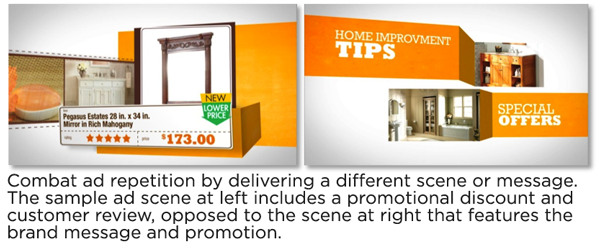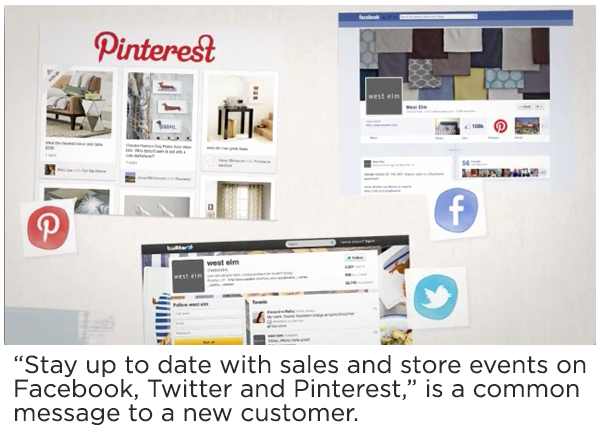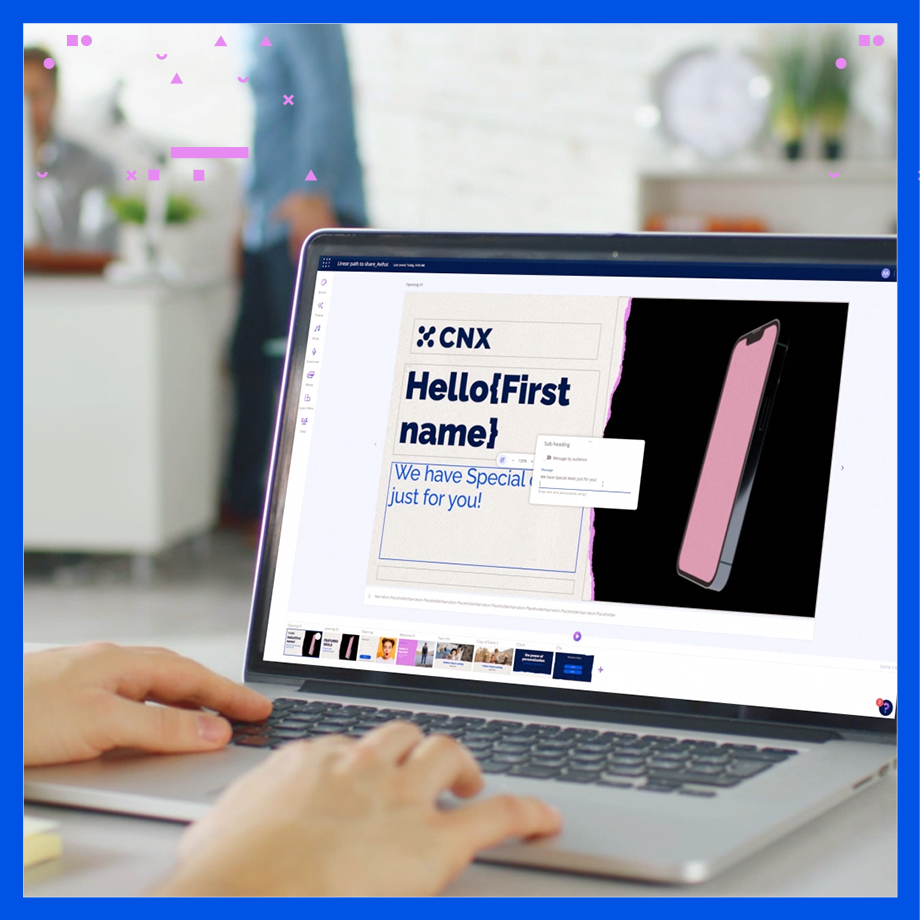Earlier this week I posted an opposing response to a recent VentureBeat guest article by Mo Al Adham, who argued the end is near for pre-roll video ads because they negatively impact the advertiser’s brand. On the contrary, there is still infinite opportunity for the pre-roll, as long as brands recognize that online video advertising is a different ballgame than traditional TV advertising. While a 15-second spot – whether online or on TV – appears to be the same medium, there is so much more data-driven intel that can be used within video ads, which can deliver beyond just brand awareness but actual conversion and revenue performance.
We know that consumers want more personal and relevant online experiences – whether shopping or social networking – and even when it comes to ads. In fact, eMarketer recently revealed survey responses in which consumers prefer personalized ads, or would like to receive them. Giving consumers a better advertising experience means a better customer experience overall.
In response to his question “why are there so many untargeted pre-roll video ads?”, Will Richmond at VideoNuze believes that video advertising is too focused on brand awareness at the “top of funnel” and less on order transactions, but expects “targeting and transactions will get more emphasis” when more premium site ad inventory exists. While I agree with Richmond, brand advertisers don’t need to play the waiting game; there is opportunity today to target better via any publisher site, including YouTube. Below are five ways in which brands can use personalized pre-roll ads for a positive consumer experience:
- Deliver the right content, at the right time
Watching the same pre-roll ad again and again frustrates consumers, which can leave a negative brand impact, according to Adham’s original article. Companies have the opportunity to combat ad repetition by leveraging visitor frequency and previous views to modify a pre-roll video ad in the moment, delivering a different message, more meaningful to the consumer. For instance, if a visitor already viewed a video ad for the last product viewed and did not take the intended action, a different pre-roll ad can be created with a promo discount, customer reviews, a free shipping message, or a new featured product.
- Provide relevant after-purchase offers
Amazon’s sales growth has proven that personalized recommendations work, and companies can follow suit by delivering pre-roll ads that include related product recommendations based on previous purchasing behavior, featuring content in the right context. By knowing and understanding their customers, brands deliver a positive customer experience, ultimately deepening loyalty and driving more quality purchases. - Introduce websites and products that are most interesting to the consumer
When brands perform look-alike targeting, they bring consumers to new sites and promote new products that are most relevant to the individual consumer’s interests. By capturing all attributes related to successful retargeted video ad engagements, a look-alike profile can be established for a target prospect who has not yet visited the site, yet is searching for related content.
- Nurture existing customers
Marketers can track customer segmentation and historical attributes to promote loyalty and reward programs to consumers via pre-roll ads, delivering a more tailored message for wherever the customer stands in the lifecycle. “Sign-up for preferred customer status” and “Refer a friend for points” are example messages for frequent purchasers while “Join us on Facebook and receive a discount on your next purchase” is a common message to a new customer.
- Share to the small screen, too
Mobile devices are the most personal engagement vehicles out there, held in the palm of a hand. And while Adham is correct in saying a 30-second TV ad doesn’t belong on the mobile screen, brands can leverage data attributes via mobile devices, such as geographic location, usage patterns and authenticated cross-device browsing, to personalize the ad experience here, too.









